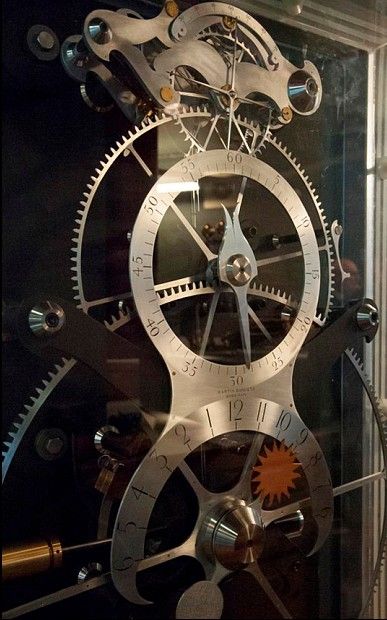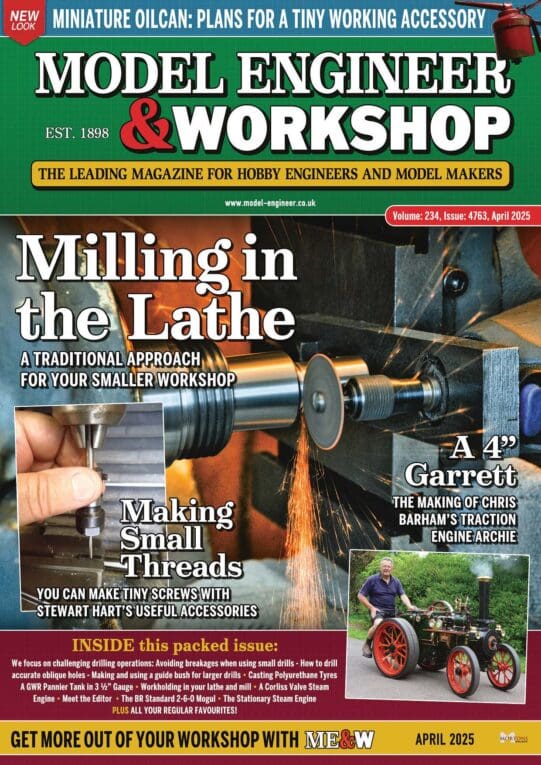There isn't much room around them Russel. I have seen various sizes at the odd clock fair I go to but the colour of the "new" ones is hopeless and would never match. The seller pointed out that it would be a problem, Easy to make a replica but he reckoned I would never match the colour. The alternative would be to put something entirely different there but I don't think that would work in the case. It didn't on the one in the hall but that is a very cheap old clock. The colours don't match and the addition looks cheaper than the clock.
Following Michael's comments I had a look around at true regulators. One thing that surprised me was that they date from 1800 plus or minus rather a lot and scarcely any example photo's about at all. Just shots of the face showing the separate hour, mins and seconds dials. The mention of this one earlier in the thread has fascinated me

2 aspects. The general construction and the use of dural. Interesting to note that it uses an electric remontoire that winds every 30 sec. That seems to be done by the wheel that looks like it's the escapement but that seems to be behind it.
Also serves as a shot of a real regulator but the hour dial is rather unusual.
John
–
Edited By Ajohnw on 17/04/2016 13:31:09
 Michael Gilligan.
Michael Gilligan.


 Trying to find out how it works is another matter. I take the hefty weight as relating to the unusual hour dial. Also there are other pictures about and some show the other wheel behind what appears to be the escapement wheel. There are is an interesting series of 13 video's on youtube of some one building a replica of one of Harrison's clocks which suggest a simple weight isn't used as well.
Trying to find out how it works is another matter. I take the hefty weight as relating to the unusual hour dial. Also there are other pictures about and some show the other wheel behind what appears to be the escapement wheel. There are is an interesting series of 13 video's on youtube of some one building a replica of one of Harrison's clocks which suggest a simple weight isn't used as well.

